Are you or a loved one living with neuropathy and struggling with mobility in the bathroom? If so, installing grab bars could be the solution you've been searching for. Neuropathy patients often face challenges when it comes to balance and stability, especially in an environment as slippery as the bathroom. That's where grab bars come in. These simple yet highly effective devices provide support and stability, promoting confidence and reducing the risk of falls. In this article, we will explore the numerous benefits of installing grab bars in the bathroom for neuropathy patients. From increased independence and peace of mind to a significant reduction in accidents, grab bars can make a world of difference in enhancing the safety and overall quality of life for individuals with neuropathy. So, if you or someone you know is looking to regain control and confidence in the bathroom, keep reading to discover how grab bars can transform daily routines and provide invaluable support.

Understanding neuropathy and its effects on mobility
Neuropathy is a condition characterized by damage to the peripheral nerves, causing symptoms such as tingling, numbness, and muscle weakness. These symptoms can significantly impact an individual's mobility, making everyday tasks, like walking or standing, challenging. For neuropathy patients, navigating the bathroom can be particularly difficult due to the potential hazards present, such as slippery floors and tight spaces.
The lack of stability and balance caused by neuropathy increases the risk of falls and injuries, leading to a loss of confidence and independence. However, with the installation of grab bars, neuropathy patients can regain control in the bathroom and reduce the fear of accidents.
Installing grab bars in strategic locations, such as near the toilet, shower, and bathtub, provides the necessary support needed to maintain balance and stability. With grab bars in place, neuropathy patients can confidently move around the bathroom, perform daily hygiene tasks, and reduce the risk of falls. These devices are designed to withstand weight and provide a secure grip, ensuring the safety and well-being of those with neuropathy.
The importance of bathroom safety for neuropathy patients
Bathroom safety is a vital aspect of daily life for individuals with neuropathy. Due to the potential hazards present, such as wet floors, slippery surfaces, and limited space, the risk of accidents is significantly higher in this environment.
Falls can have severe consequences for neuropathy patients, leading to fractures, head injuries, and a loss of independence. It is crucial to address these risks and take proactive measures to enhance bathroom safety.
Installing grab bars is one of the most effective ways to promote bathroom safety for neuropathy patients. These devices act as a reliable support system, allowing individuals to maintain balance and stability while performing essential tasks. By reducing the risk of falls, grab bars not only prevent injuries but also instill confidence and independence in neuropathy patients.
The importance of bathroom safety for neuropathy patients
1. Enhanced stability and balance: One of the primary benefits of grab bars is the improved stability and balance they provide. Neuropathy patients often experience difficulties in maintaining equilibrium due to muscle weakness or numbness in their limbs. Grab bars offer a secure support system, allowing individuals to move around the bathroom confidently and perform daily tasks with ease.
2. Increased independence: The installation of grab bars empowers neuropathy patients to regain their independence in the bathroom. These devices provide the necessary assistance without the need for constant reliance on caregivers or family members. With grab bars, individuals can maintain privacy and perform personal hygiene tasks without feeling vulnerable or dependent.
3. Reduced risk of falls and injuries: Falls are a significant concern for neuropathy patients, especially in the bathroom. The slippery surfaces, confined spaces, and lack of stability increase the chances of accidents occurring. Grab bars act as a preventive measure by offering a secure grip and support, significantly reducing the risk of falls. By minimizing the likelihood of injuries, grab bars play a crucial role in maintaining the safety and well-being of neuropathy patients.
4. Enhanced confidence and peace of mind: The presence of grab bars in the bathroom instills confidence and peace of mind in neuropathy patients. Knowing that there is reliable support within reach allows individuals to feel more secure and comfortable while navigating the bathroom. This increased confidence can have a positive impact on overall well-being and mental health, promoting a sense of control and independence.
How grab bars promote confidence and independence
Neuropathy patients often experience a loss of confidence and independence due to the limitations imposed by their condition. Simple tasks, such as using the bathroom, can become daunting and overwhelming. However, with the installation of grab bars, confidence and independence can be restored.
Grab bars act as a physical support system, providing stability and balance in the bathroom. This support enables neuropathy patients to move freely, perform essential tasks, and maintain their privacy without the constant need for assistance. By reducing the risk of falls and injuries, grab bars empower individuals to regain control over their daily routines, boosting their confidence and promoting a sense of independence.
The ability to navigate the bathroom safely and independently can also have a positive impact on mental health. Neuropathy patients often feel restricted and vulnerable due to their condition. However, with the presence of grab bars, individuals can experience a renewed sense of freedom and empowerment. This newfound confidence can extend beyond the bathroom, improving overall quality of life and well-being.
Reducing the risk of falls and injuries with grab bars
Falls are a significant concern for neuropathy patients, and the bathroom is an environment that poses specific risks. Slippery floors, wet surfaces, and confined spaces make it challenging to maintain balance and stability. However, with the installation of grab bars, the risk of falls and injuries can be significantly reduced.
Grab bars provide a sturdy support system that allows individuals to hold on and maintain their balance while moving around the bathroom. The design of grab bars ensures a secure grip, even in wet conditions. By having something to hold onto, neuropathy patients can confidently navigate slippery surfaces and perform necessary tasks without the fear of falling.
It is important to choose grab bars that are appropriate for the individual's needs and bathroom layout. There are various types of grab bars available, including wall-mounted bars, suction cup bars, and floor-to-ceiling bars. Consulting with a healthcare professional or an occupational therapist can help determine the most suitable grab bars for specific needs.
Choosing the right grab bars for your bathroom
When selecting grab bars for your bathroom, several factors need to be considered to ensure optimal safety and functionality. Here are some key considerations:
1. Material and durability: Grab bars should be made from sturdy materials that can withstand the weight and provide a secure grip. Stainless steel and chrome-plated steel are popular options due to their durability and resistance to moisture.
2. Length and size: Grab bars should be long enough to provide support along the desired area. The length will depend on the individual's needs and the bathroom layout. It is essential to measure the available space and choose grab bars that fit comfortably.
3. Installation method: Grab bars can be wall-mounted or suction cup-based. Wall-mounted bars offer a permanent and secure solution, while suction cup bars provide temporary support and can be easily repositioned. Consider the bathroom layout, wall material, and preferences when deciding on the installation method.
4. Weight capacity: Different grab bars have varying weight capacities. It is crucial to choose grab bars that can support the weight of the individual using them. Checking the weight capacity before purchasing is essential to ensure safety and effectiveness.
5. Aesthetics: While safety and functionality are the primary considerations, grab bars are available in various designs and finishes. Choosing a style that complements the bathroom decor can help create a cohesive and pleasing environment.
Installation tips for grab bars
Proper installation is key to ensure the effectiveness and safety of grab bars in the bathroom. Here are some installation tips to consider:
1. Locate the studs: When installing wall-mounted grab bars, it is important to locate the studs behind the bathroom walls. Studs provide the necessary support for the grab bars. Use a stud finder to identify the location of the studs before drilling. In situations where studs are not present or are not in suitable locations, it may be necessary to use heavy-duty anchoring devices. This is especially important when working with thin gauge galvanized steel studs, which is becoming more common in southern climates. Proper anchoring methods must be carefully considered in these cases to ensure stability and safety.
2. Secure installation: Ensure that the grab bars are securely attached to the wall or surface. Use screws and anchors that are appropriate for the wall material. Consider seeking professional help if needed.
3. Positioning: Install grab bars in strategic locations to maximize their effectiveness. Common areas include near the toilet, shower, and bathtub. Consider the individual's specific needs and preferences when determining the ideal placement.
4. Height: The height of the grab bars is crucial for proper support and ease of use. The recommended height for grab bars near the toilet is typically between 33 and 36 inches, while those near the shower or bathtub should be installed at a height that is comfortable for the individual using them.
5. Maintenance: Regularly inspect the grab bars for any signs of wear or damage. Ensure that the screws are tightened and that the bars remain securely attached to the wall or surface. Replace any damaged or worn grab bars promptly to maintain optimal safety.
Other bathroom safety measures for neuropathy patients
While grab bars are an essential safety feature, there are other measures that can enhance bathroom safety for neuropathy patients:
1. Non-slip mats: Place non-slip mats on the bathroom floor, both inside and outside the shower or bathtub. These mats provide additional traction and reduce the risk of slipping on wet surfaces.
2. Handheld showerheads: Installing a handheld showerhead allows individuals to shower while seated or with minimal movement. This reduces the risk of falls and provides greater control over water flow and direction.
3. Raised toilet seats: Raised toilet seats can make it easier for neuropathy patients to sit down and stand up from the toilet. These seats elevate the height of the toilet, reducing strain on the knees and providing added support.
4. Proper lighting: Ensure that the bathroom is well-lit to minimize the risk of accidents. Use bright, energy-efficient bulbs and consider installing motion-activated lighting for added convenience.
5. Clear pathways: Keep the bathroom clutter-free and ensure that pathways are clear of obstacles. This reduces the risk of tripping and makes it easier for neuropathy patients to navigate the space safely.
Testimonials from neuropathy patients who have benefited from grab bars
"Installing grab bars in my bathroom has made a world of difference in my daily routine. I used to feel anxious and unsteady, but now I can move around the bathroom confidently. These bars have given me back my independence and peace of mind."
"Grab bars have been a game-changer for me. I no longer have to rely on others for assistance in the bathroom. They provide the support I need, and I feel much safer knowing that I have something to hold onto."
"I was skeptical about installing grab bars at first, but now I can't imagine my bathroom without them. They have reduced the risk of falls and injuries, and I feel much more confident and in control of my movements."
"Grab bars have given me the confidence to take care of myself in the bathroom. I no longer fear slipping or falling, and I can perform daily tasks with ease. They have truly improved my quality of life."
Conclusion
Installing grab bars in the bathroom is a simple yet highly effective solution for neuropathy patients struggling with mobility and balance. These devices provide the necessary support and stability to navigate a potentially hazardous environment, reducing the risk of falls and injuries. With grab bars, individuals with neuropathy can regain their confidence, independence, and peace of mind in the bathroom.
By understanding the unique challenges faced by neuropathy patients and implementing proactive safety measures, we can promote a safer and more inclusive bathroom environment. Whether it's installing grab bars, using non-slip mats, or considering other bathroom safety measures, every effort counts in ensuring the well-being and quality of life for individuals with neuropathy. So, don't wait any longer – make the change today and experience the benefits of grab bars for yourself or your loved ones.




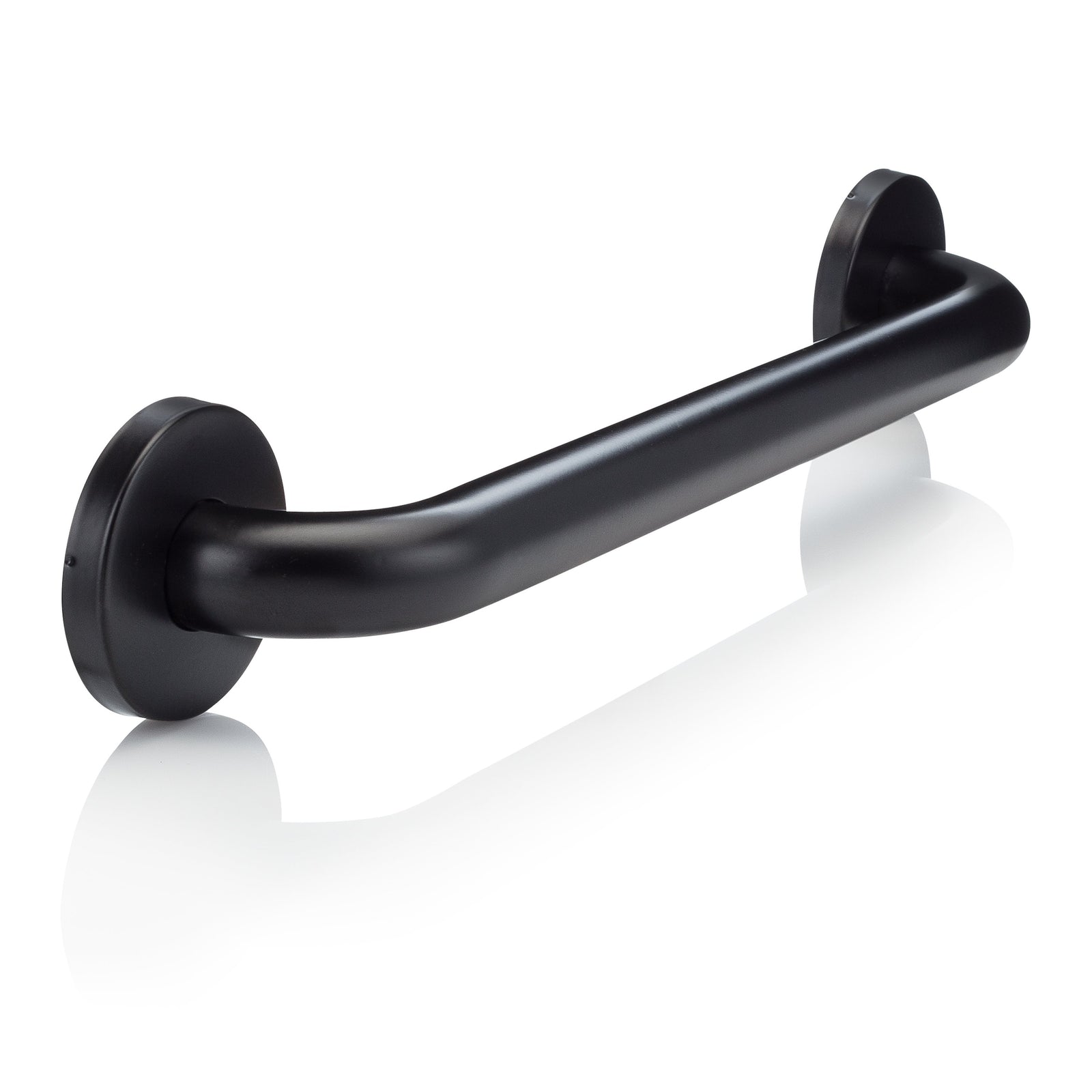
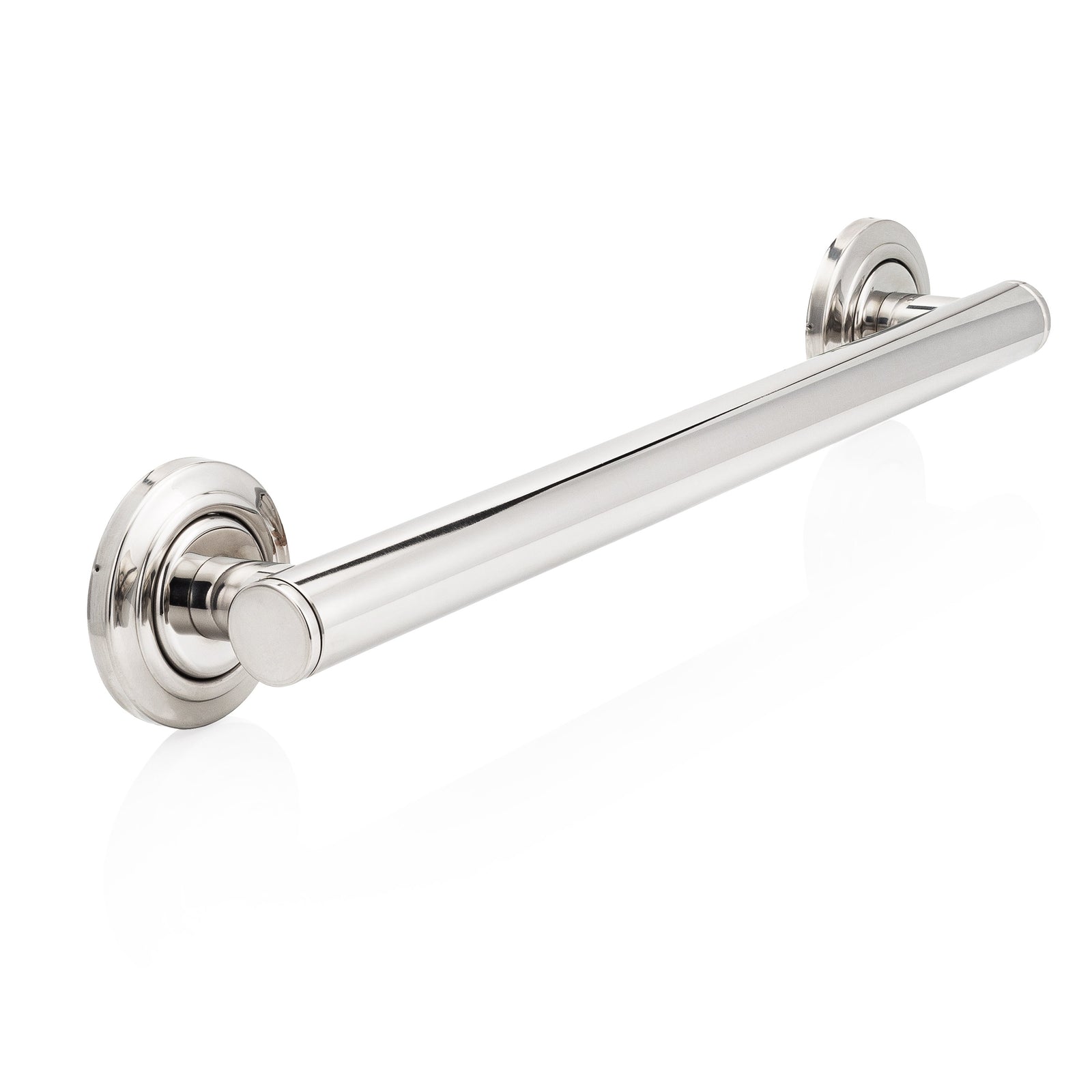


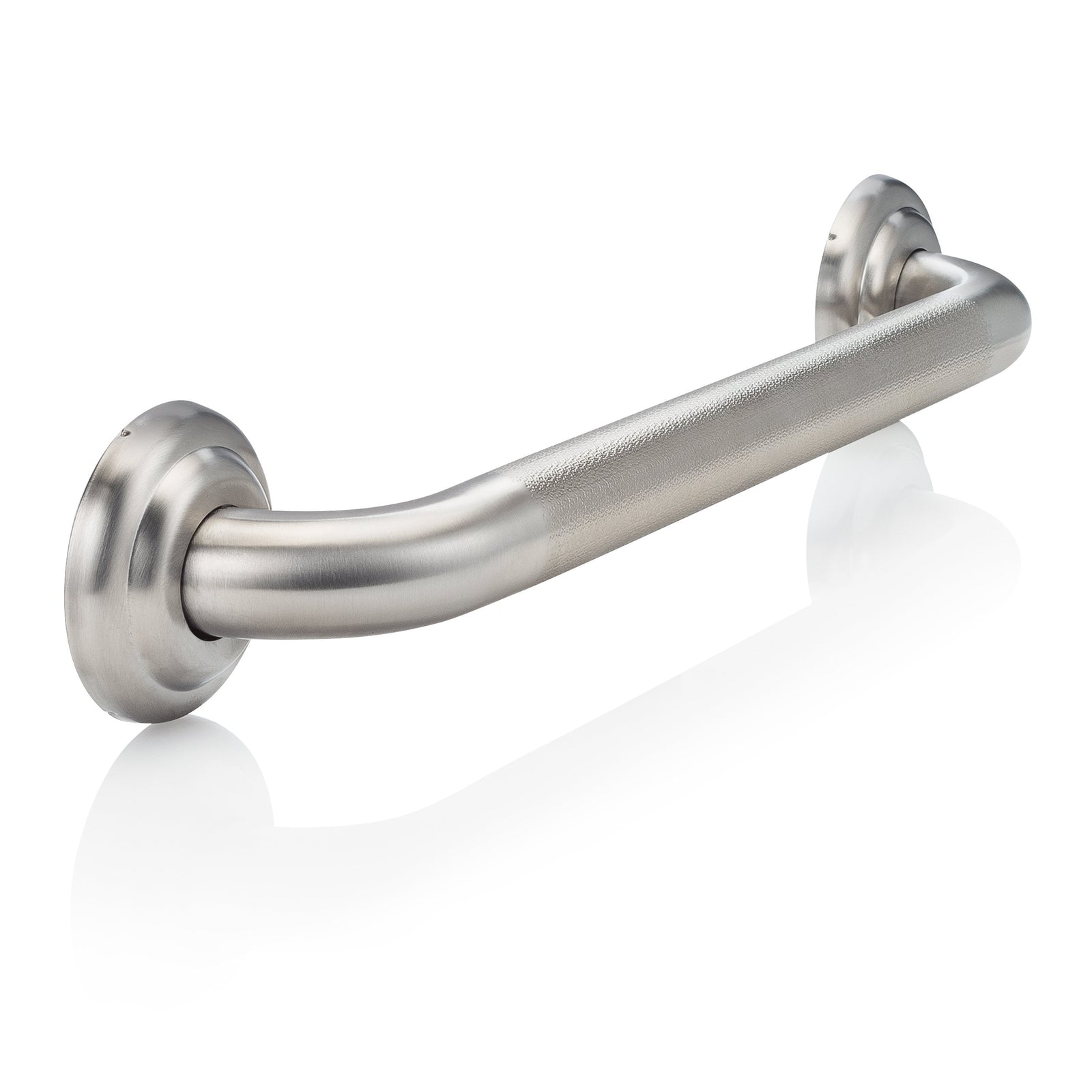
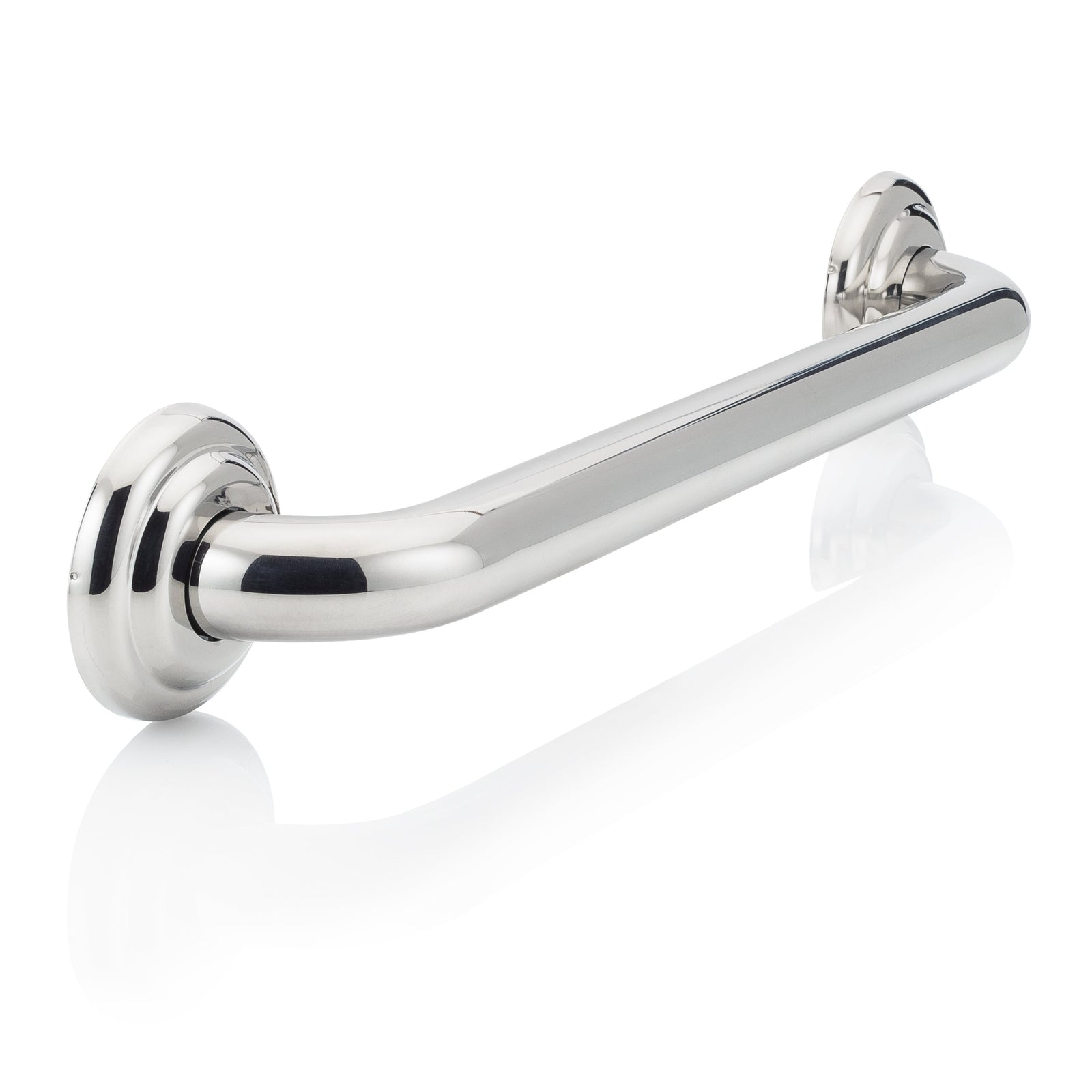
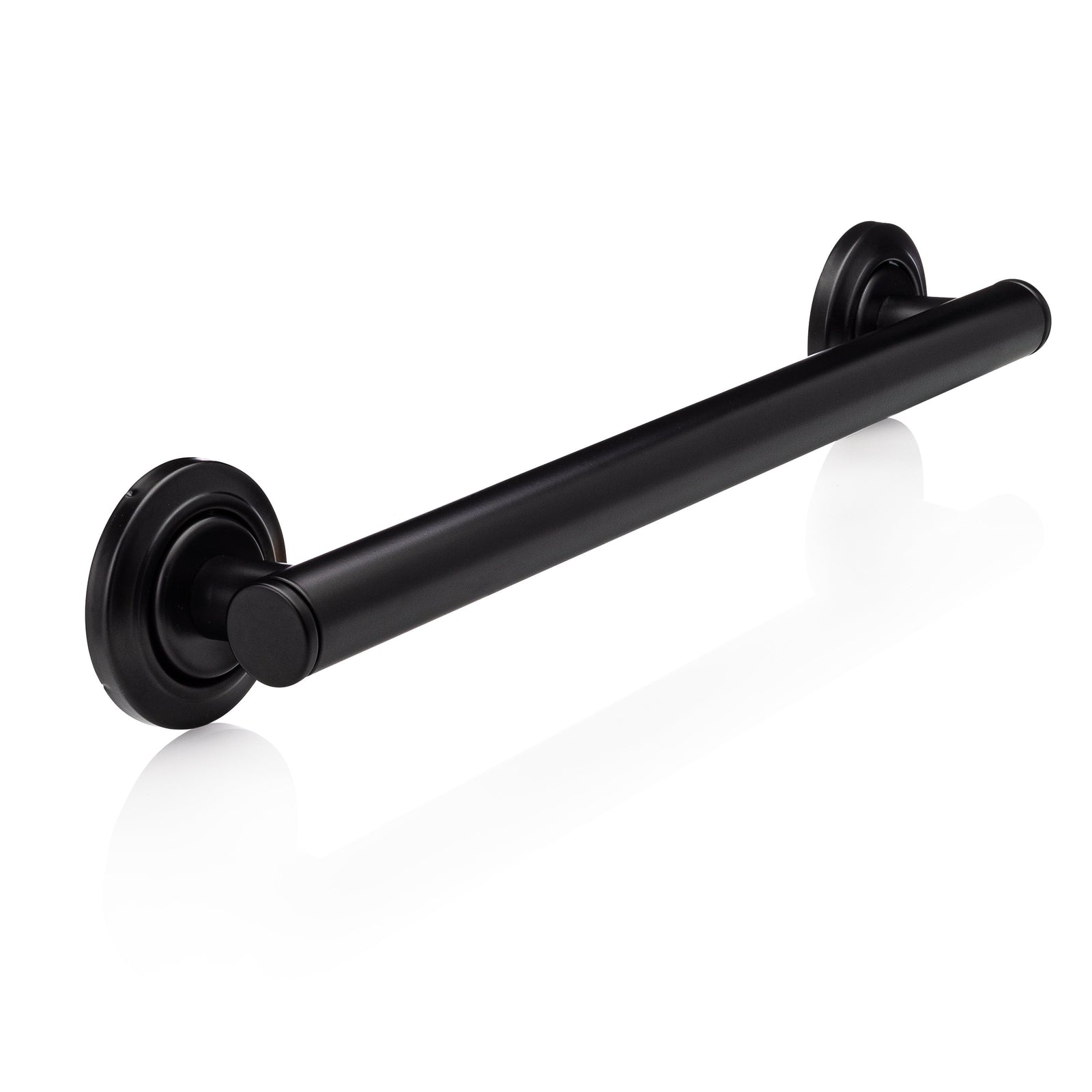
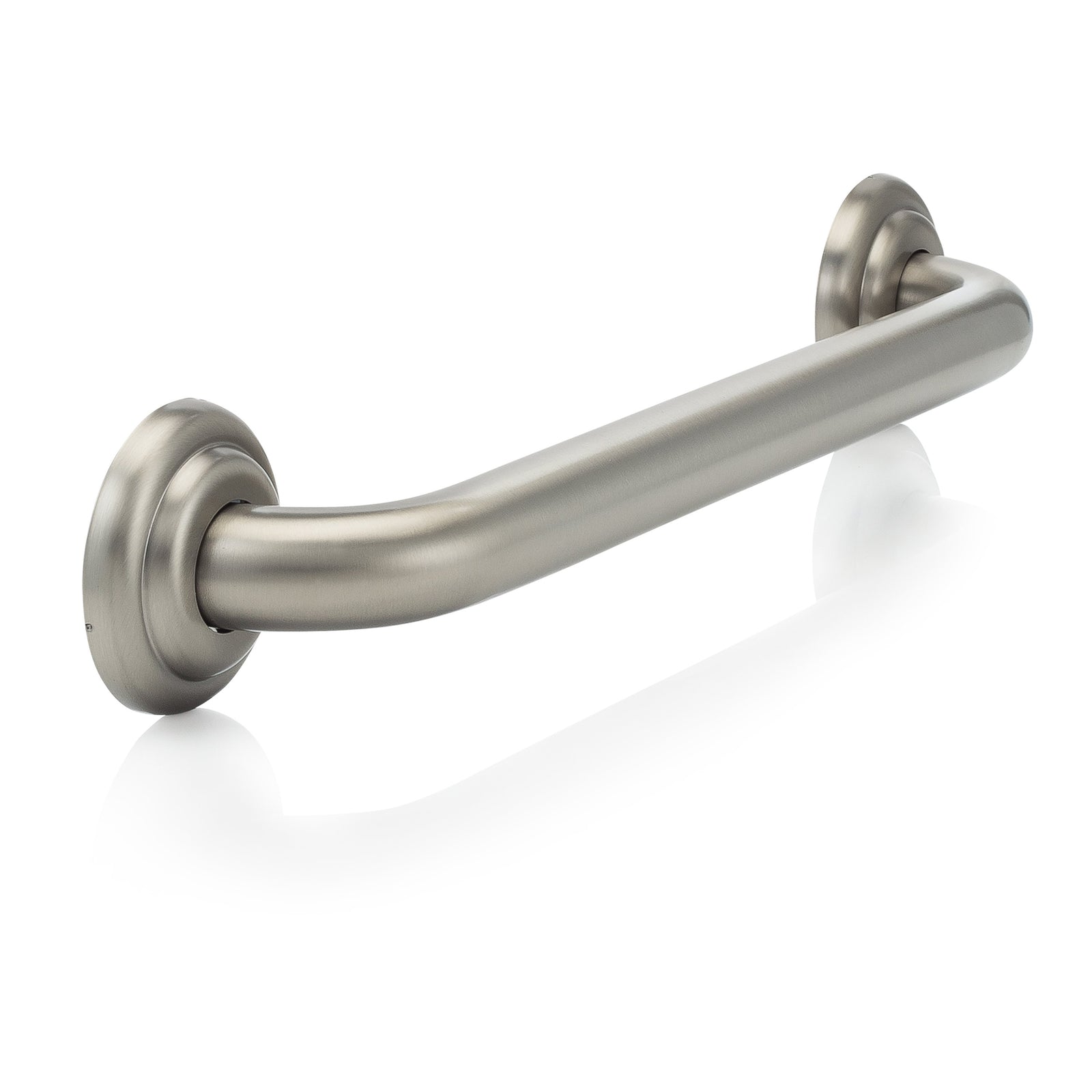
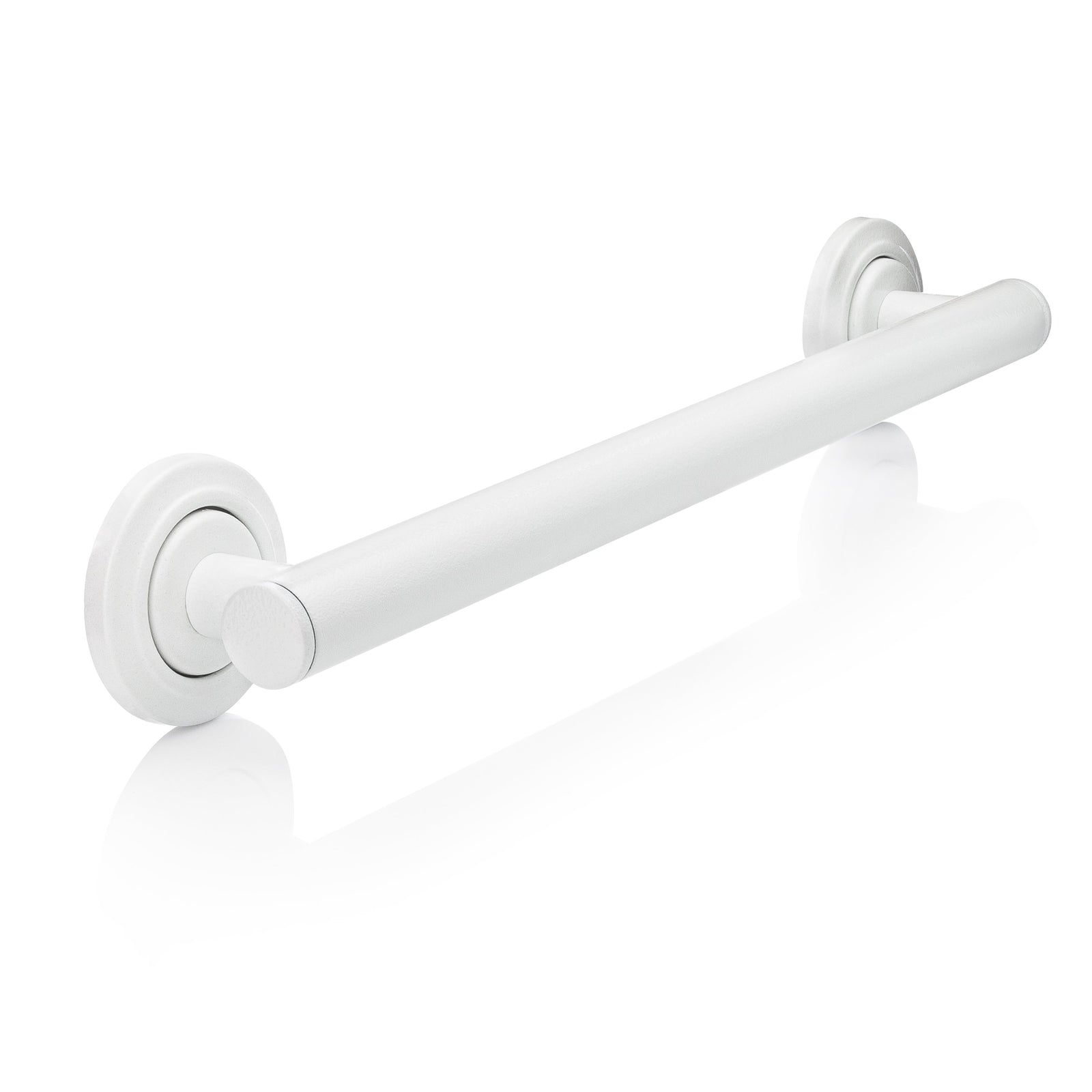
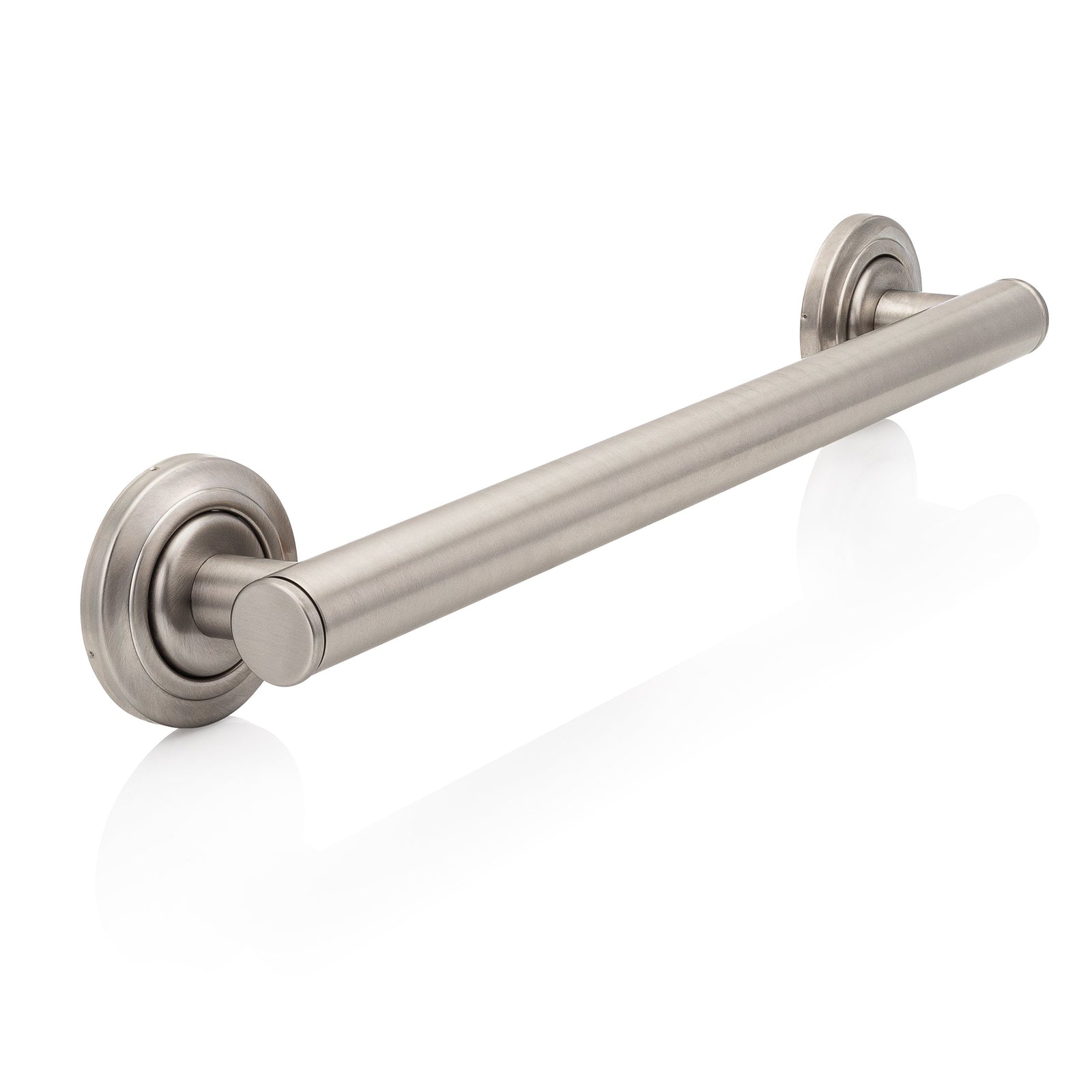
Leave a comment (all fields required)